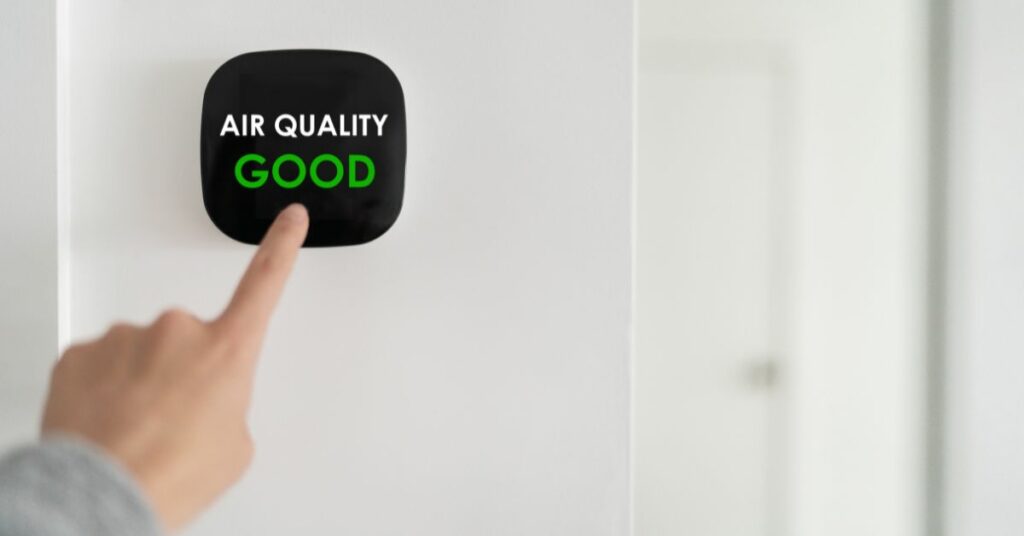Mold growth in indoor environments can have a significant impact on the quality of the air we breathe. Mold spores are microscopic particles that can become airborne and circulate throughout the indoor space, leading to a range of health issues and compromising indoor air quality. Understanding the consequences of mold on indoor air quality is crucial for safeguarding the health and well-being of occupants and maintaining a healthy living environment.

Health Risks Associated with Mold Exposure
- Respiratory Issues: Mold spores can trigger or exacerbate respiratory conditions such as asthma, allergies, and bronchitis. Prolonged exposure to mold can lead to persistent coughing, wheezing, and shortness of breath, especially in individuals with pre-existing respiratory conditions.
- Allergic Reactions: Mold exposure can cause allergic reactions in sensitive individuals, including sneezing, runny nose, itchy eyes, and skin irritation. Some people may develop more severe allergic reactions or even asthma attacks when exposed to mold spores.
- Fungal Infections: Certain types of mold produce mycotoxins, toxic substances that can cause fungal infections in the respiratory system or skin upon inhalation or direct contact.
Impact on Indoor Air Quality
- Increased Airborne Mold Spores: Mold growth releases large quantities of airborne spores into the indoor environment, contaminating the air and increasing the concentration of allergens and irritants.
- Musty Odors: Mold colonies emit musty, unpleasant odors that can permeate the indoor space, indicating the presence of hidden mold growth even if it’s not visible.
- Deterioration of Indoor Environment: Mold growth can cause structural damage to building materials and furnishings, compromising the integrity of the indoor environment and creating conducive conditions for further mold proliferation.
Preventive Measures and Remediation
- Humidity Control: Maintaining indoor humidity levels below 60% helps prevent mold growth by creating an inhospitable environment for mold spores to thrive.
- Prompt Remediation: Addressing water leaks, moisture intrusion, and condensation promptly can prevent mold growth and mitigate the risk of indoor air contamination.
- Professional Mold Remediation: Engaging certified mold remediation professionals ensures thorough inspection, safe removal, and effective remediation of mold-infested areas, restoring indoor air quality and reducing health risks.
Conclusion
Mold’s impact on indoor air quality can be detrimental to the health and well-being of occupants, leading to respiratory issues, allergic reactions, and other health problems. By understanding the risks associated with mold exposure and taking proactive measures to prevent mold growth and remediate existing infestations, homeowners can safeguard their indoor air quality and create a healthier living environment for themselves and their families. Regular inspection, maintenance, and professional remediation are essential components of mold management strategies aimed at preserving indoor air quality and promoting overall health and comfort.
